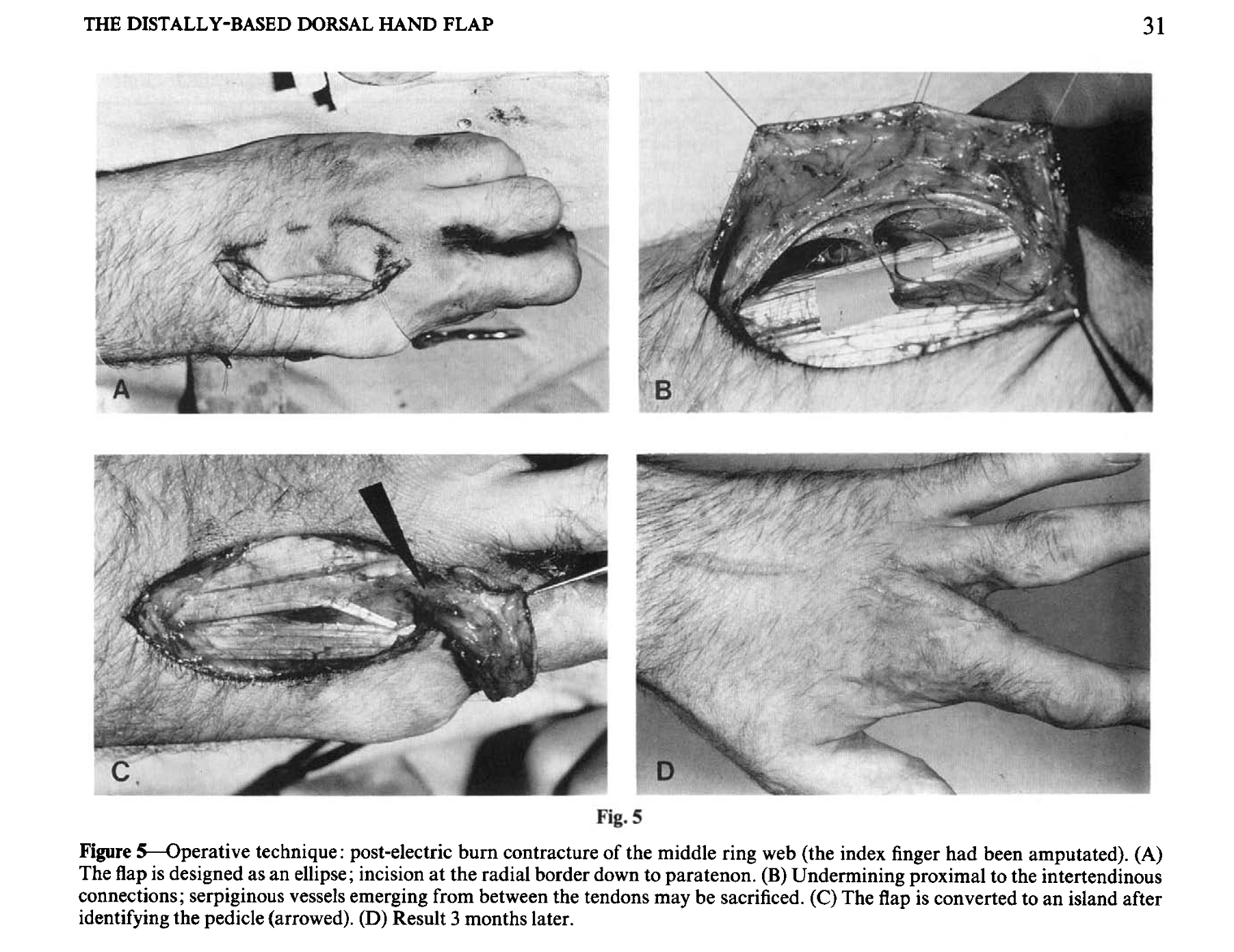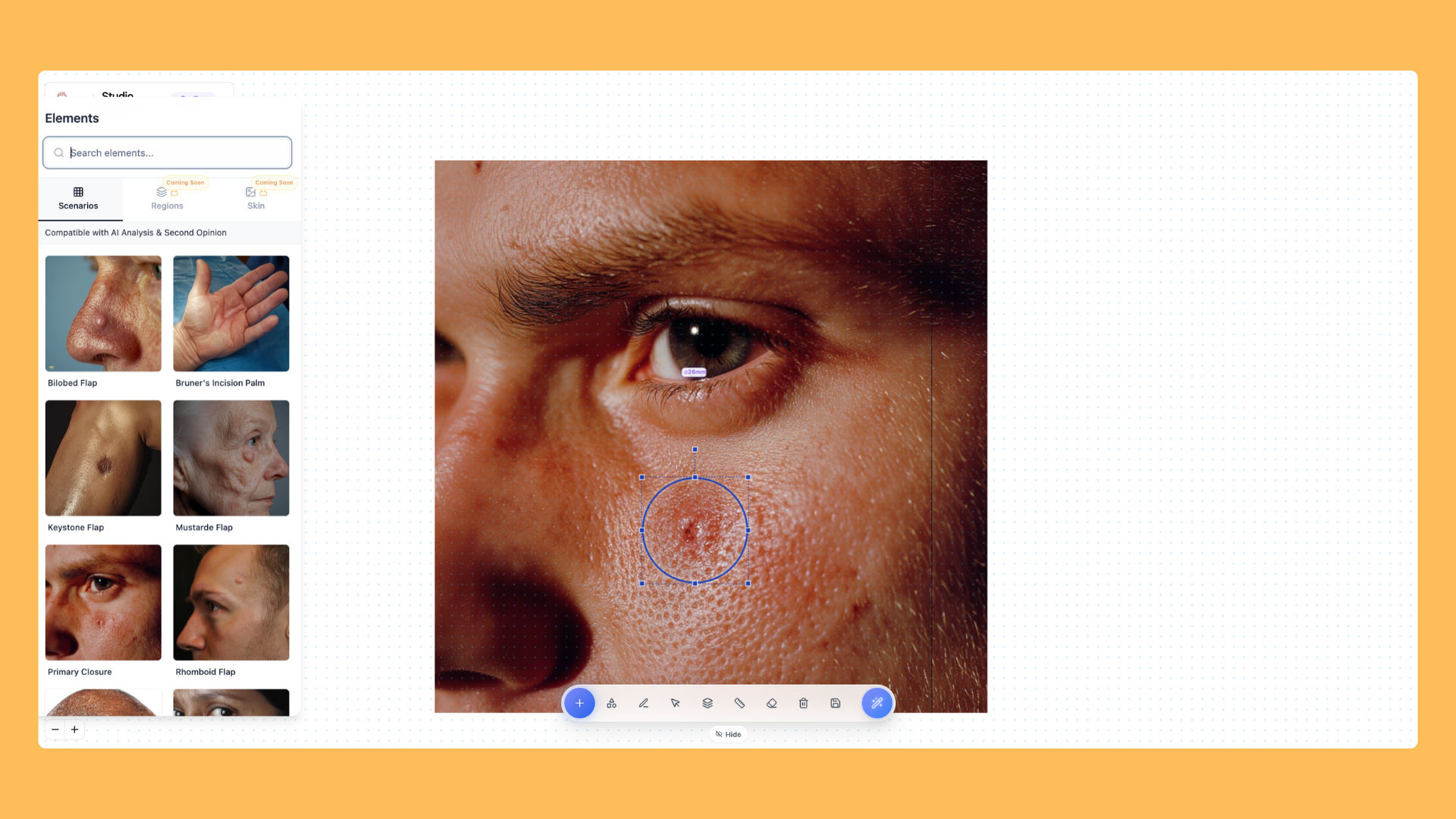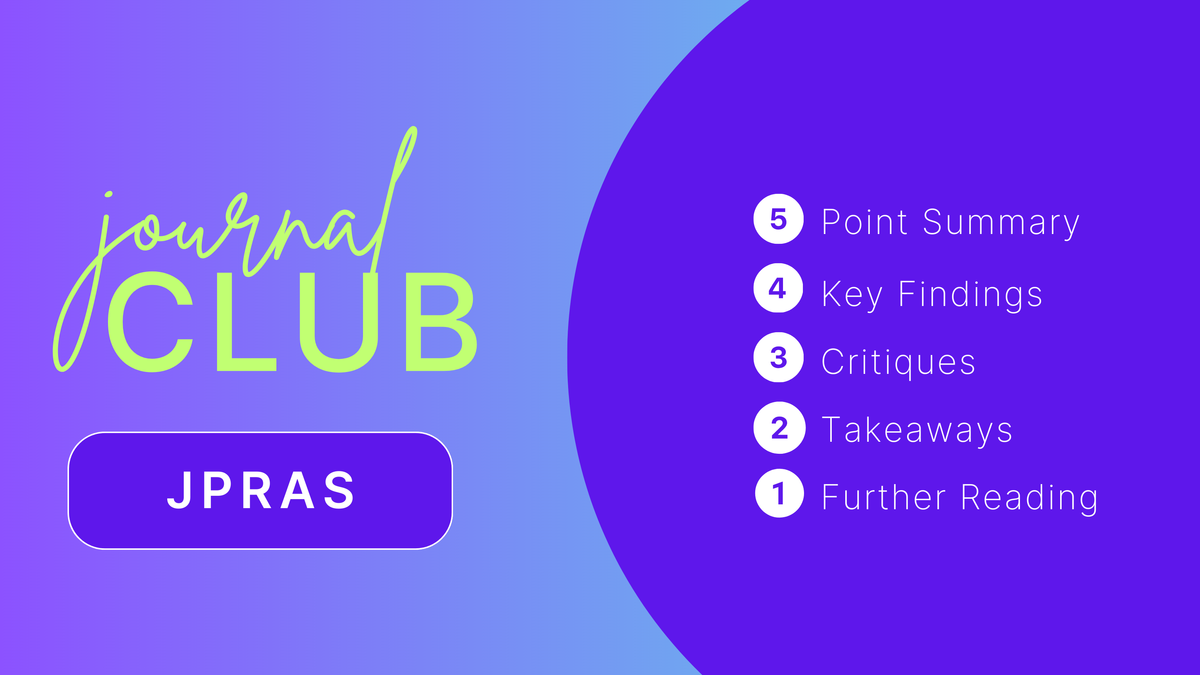In this week's edition
- ✍️ Letter from P'Fella
Are plastic surgery journals about to get good again? - 🤓 The Sunday Quiz
How well do you know local flaps? - 🖼️ Image of the Week
A raised PIA flap illustration. - 🚑 Technique Tip
The original description of the Quaba flap. - 🎈 Upcoming Events
A curated list of webinars, courses, & conferences. - 🚀 New Features
AI surgical studio update! - 🎓 JPRAS Journal Club
Accessibility and cost of plastic surgery sub-internships. - 🔥 Articles of the Week
Foucher flap, PIA flap, & Moberg's original on upper limb sensations: with 1-sentence summaries. - 💕 Feedback
Suggest ideas & give feedback!
A Letter from P'Fella
Are Plastic Surgery Journals About to Get Good Again?
PRS just released a bold new mission and vision: to publish the most impactful, innovative, and clinically relevant advances in plastic surgery. And honestly? It feels like the journal world might finally be waking up.
Because here’s the truth — we’ve been drowning in data. Hundreds of papers every month. But how many actually change what we do in the OR?
This could be the moment things turn.
Why This Actually Matters
Plastic surgery is built on creativity, evidence, and precision. But our literature hasn’t always reflected that. We've seen:
- Paywalls blocking essential knowledge.
- Industry influence shaping conclusions.
- Copy-paste citations creating a broken game of academic telephone.
- And entire papers written to tick career boxes instead of solve problems.
PRS says it’s time to reset. Focus on breakthroughs. Elevate peer review. Embrace new media. If they mean it — and stick to it — it could raise the bar for every journal in the field.
Who’s Doing What?
Let’s give credit where it’s due:
- PRS is leaning into innovation with a clearer purpose and higher ambition.
- JPRAS continues to quietly deliver the clinical content people actually use.
- Open-access journals is still not sure about these, to be honest.
- The Plastics Fella (yeah, us) is making content actually readable and useful — especially for trainees who need clarity, not clutter.
The journal world is finally diversifying. Each one has a lane. And that’s a good thing.
P’Fella ❤️
The Sunday Quiz
How Well Do You Know Local Flaps?
Welcome to the next round of The Weekly Quiz.
Each edition of thePlasticsPaper includes a quiz question designed to challenge and engage our readers. Keep your wits about you and join in every week — the winner at the end of six rounds will earn you a one-year subscription to thePlasticsPro.
Image of the Week
Posterior Interosseous Artery (PIA) Flap
In this section, we feature an anatomical illustration. This week’s image shows a raised PIA flap, a fasciocutaneous flap based on septocutaneous perforators from the posterior interosseous artery. It’s commonly used for dorsal hand and wrist reconstruction, preserving major vessels and minimising donor site morbidity.

Technique Tip
Original Description of the Quaba Flap
This week’s tip highlights the original Quaba flap operative technique, described for post-electric burn contracture of the dorsal hand.
- The flap is elliptical, raised at the radial border to the paratenon.
- Dissection continues proximal to intertendinous connections; some serpiginous vessels may be sacrificed.
- Once the pedicle is identified, the flap is islanded and inset.

Upcoming Events
A Curated List of Webinars, Courses, & Conferences
We continuously update our event page with fresh additions — both hand-picked by our team and suggested by you.
New Features
AI Surgical Studio Update
Check out the new elements!
Join the waitlist to get early access to Guide Mode and Exam Mode before the full release.

JPRAS Journal Club
We have partnered with JPRAS to improve access to evidence-based information.
P'fella's educational fellow, Dr. Hatan Mortada explores the disparities in plastic surgery sub-internships using 2024–2025 VSLO and program data.

Articles of the Week
3 Interesting Articles with One-Sentence Summaries
The Foucher flap, based on the first dorsal metacarpal artery and including veins and sensory nerves, offers reliable one-stage sensate thumb reconstruction using a dorsal index flap without a skin pedicle.
The posterior interosseous artery flap provides a thin, reliable island flap from the dorsal forearm for hand and wrist defects, based on distal anastomoses of the interosseous arteries, with primary closure possible if flap width is ≤4 cm.
Moberg's original paper highlights the critical importance of preserving and restoring sensibility in upper extremity reconstruction, emphasizing its central role in functional hand recovery.



